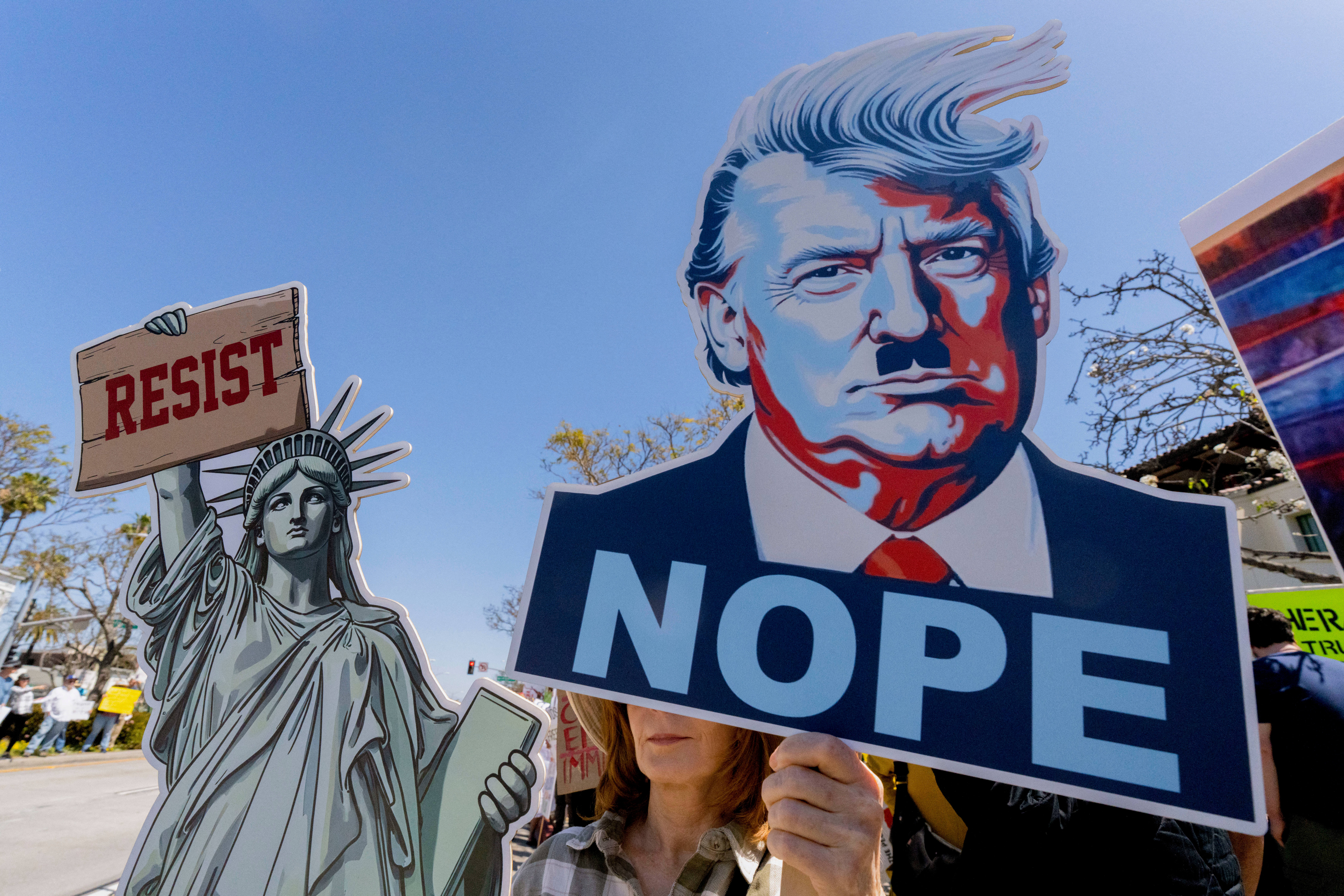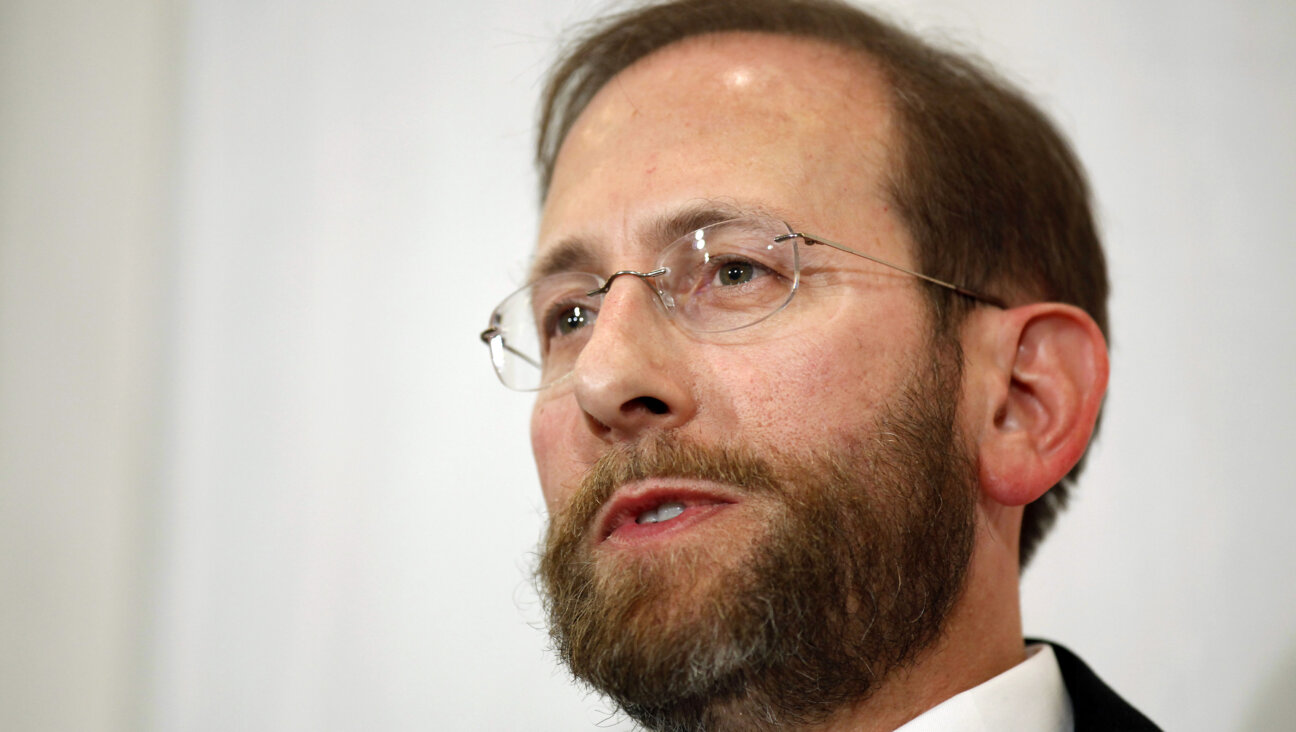Genocidal Threats Demand More Than Just Memorializing
The recent opening of Berlin’s Memorial to the Murdered Jews of Europe and of Yad Vashem’s new museum in Jerusalem are important and welcome developments. But we must go beyond our singular focus on memorializing the Holocaust. We must help people realize that genocidal violence is a threat to all people. We must demand of the political world — in our own interest, and the interest of the wider community — to finally put actions behind its pledge to “never forget.”
Any examination of the Holocaust must involve an examination of the general phenomenon of genocide. The internationally recognized legal definition delineated by the Genocide Convention of 1948 is unsatisfactory, but any attempt to change it is all but politically impossible. This is the definition of genocide with which we must work, but every effort should be made to expand our understanding of what it should imply.
Political mass murder, ethnic cleansing designed to annihilate a group and global genocidal ideologies such as radical Islam very
much fit the concept of genocide, in spirit if not in letter. These are genocidal threats, and as such they should be added to the convention’s definition that genocide is the intent to annihilate ethnic, national, racial and religious groups. The genocide of the Jewish people — inaccurately known as the Holocaust — is, as far as we know, the most extreme case of genocide to date.
Each and every genocide has targeted a specific group of people. In order to understand genocide, therefore, one has to deal with the specific group targeted. Jews were not transported to extermination camps because they were humans; humans were transported because they were Jews. The Young Turks did not randomly kill masses of humans; they killed Armenians. The same is true for the Tutsi in Rwanda, and for the ethnic Africans being murdered in Darfur by Arab Janjaweed militias.
Each genocide is different, but it would be a mistake to dismiss the similarities. Foremost among them is the suffering of the victims. There is no better or worse genocide, just as there is no better or worse murder, no better or worse torture. There is no scale to measure suffering. Jews, Armenians or Poles who were martyred and murdered all suffered the same. Another characteristic common to all genocides is that the “civilized” world was unable to prevent them, or to make a serious effort to stop them. There are, tragically, few exceptions.
The argument that the Holocaust was the most extreme form of genocide is based on the fact that a modern nation state committed itself to the total and universal annihilation of individuals belonging to a particular group of humans. The Nazi ideology that motivated the murder was unprecedented in its lack of pragmatism: The Nazis murdered Jewish slave workers while they produced materials essential for the German war effort, and killed experts whom they could have used. Nazi ideology related to the Jews as mythical beings — Satans or supposed rulers of the world that had to be destroyed — a marked contrast to other genocides that were motivated by economic or political considerations. True, Jewish property was confiscated and used — but that was not the reason for persecuting and murdering the Jews; it was the result.
The Holocaust was not unique, because that would mean that it could never happen again, to anyone, Jewish or otherwise. This is simply not true. The Holocaust was perpetrated by humans, for human reasons, and anything done by humans can be repeated — not in exactly the same form, but in similar or parallel ways.
From 1900 to 1987, according to Rudolph Rummel, an estimated 169 million civilians were murdered by governments and by other political bodies. Of that number, some 38 million of these victims were murdered in genocides as defined by the convention. Today, Darfur is the scene of genocide, and again the international community has, so far, proved itself unable to stop the killing. To be fair, more is now being written about genocidal threats, and more people and even politicians seem to care about genocide than before. Nonetheless, the killing continues.
Today, genocidal threats are present everywhere. For the Jewish people, the main genocidal threat does not lie with European antisemitism, but with the radical Islamist version. It is a serious error to view the murderous language of radical Islamists as mere talk: We have learned that when people are ideologically committed to murderous action, they will act accordingly if given the chance.
Therefore, Jews should be actively involved in all attempts to prevent genocidal murders of any kind. In most cases, including the radical Islamic one, it is largely from within the group that potential perpetrators are recruited. In the effort to combat the genocidal threat, then, Jews and others must seek out allies in the nonradical Islamic world, which still makes up the vast majority of Islam’s 1.3 billion adherents. That means that we must view Muslims as brothers, as equals, as potential allies and as bearers of one of the great civilizations of the world — and as those who are the first to be threatened by the radicals in their midst.
The Forward is free to read, but it isn’t free to produce

I hope you appreciated this article. Before you go, I’d like to ask you to please support the Forward.
Now more than ever, American Jews need independent news they can trust, with reporting driven by truth, not ideology. We serve you, not any ideological agenda.
At a time when other newsrooms are closing or cutting back, the Forward has removed its paywall and invested additional resources to report on the ground from Israel and around the U.S. on the impact of the war, rising antisemitism and polarized discourse.
This is a great time to support independent Jewish journalism you rely on. Make a gift today!
— Rachel Fishman Feddersen, Publisher and CEO
Support our mission to tell the Jewish story fully and fairly.
Most Popular
- 1

Opinion The dangerous Nazi legend behind Trump’s ruthless grab for power
- 2

Opinion I first met Netanyahu in 1988. Here’s how he became the most destructive leader in Israel’s history.
- 3

News Who is Alan Garber, the Jewish Harvard president who stood up to Trump over antisemitism?
- 4

Culture Did this Jewish literary titan have the right idea about Harry Potter and J.K. Rowling after all?
In Case You Missed It
-

Fast Forward On his first trip to Auschwitz, New Jersey governor urges vigilance against rising antisemitism
-

Fast Forward Survivors of the Holocaust and Oct. 7 embrace at Auschwitz, marking annual March of the Living
-

Fast Forward Could changes at the FDA call the kosher status of milk into question? Many are asking.
-

Fast Forward Long Island synagogue cancels Ben-Gvir talk amid wide tensions over whether to host him
-
Shop the Forward Store
100% of profits support our journalism
Republish This Story
Please read before republishing
We’re happy to make this story available to republish for free, unless it originated with JTA, Haaretz or another publication (as indicated on the article) and as long as you follow our guidelines.
You must comply with the following:
- Credit the Forward
- Retain our pixel
- Preserve our canonical link in Google search
- Add a noindex tag in Google search
See our full guidelines for more information, and this guide for detail about canonical URLs.
To republish, copy the HTML by clicking on the yellow button to the right; it includes our tracking pixel, all paragraph styles and hyperlinks, the author byline and credit to the Forward. It does not include images; to avoid copyright violations, you must add them manually, following our guidelines. Please email us at [email protected], subject line “republish,” with any questions or to let us know what stories you’re picking up.















